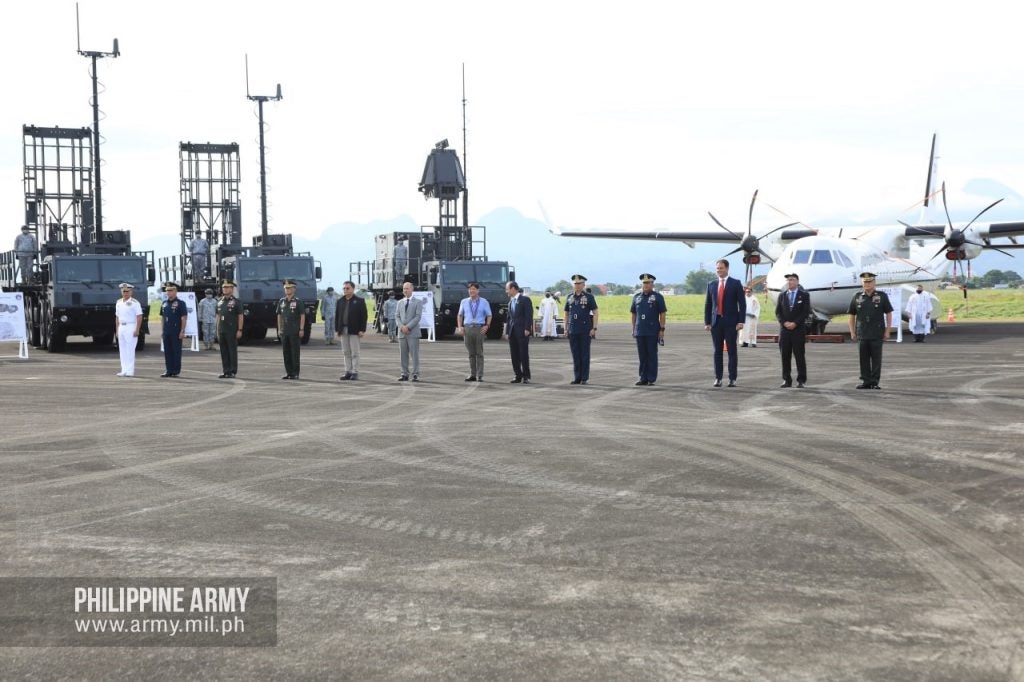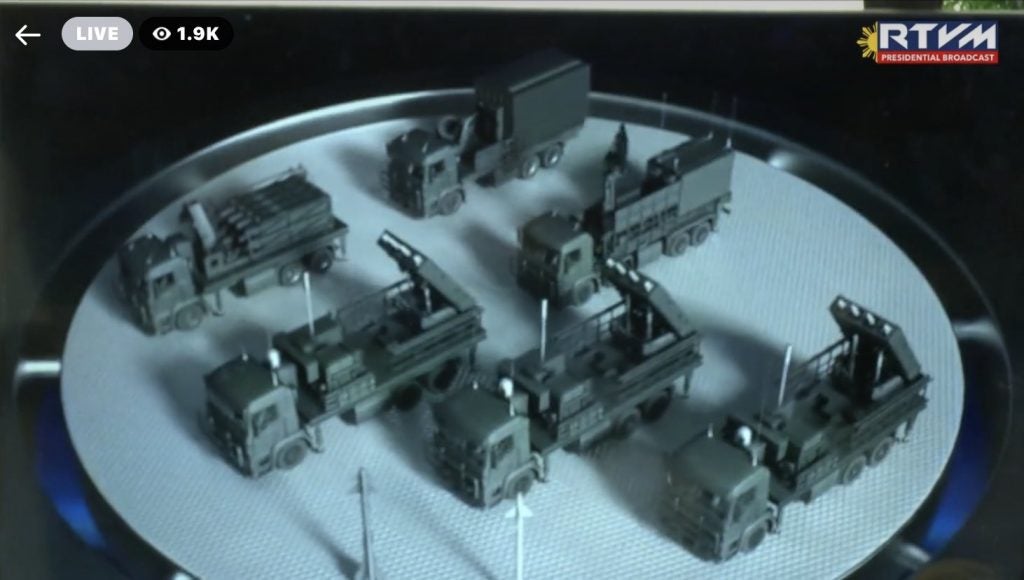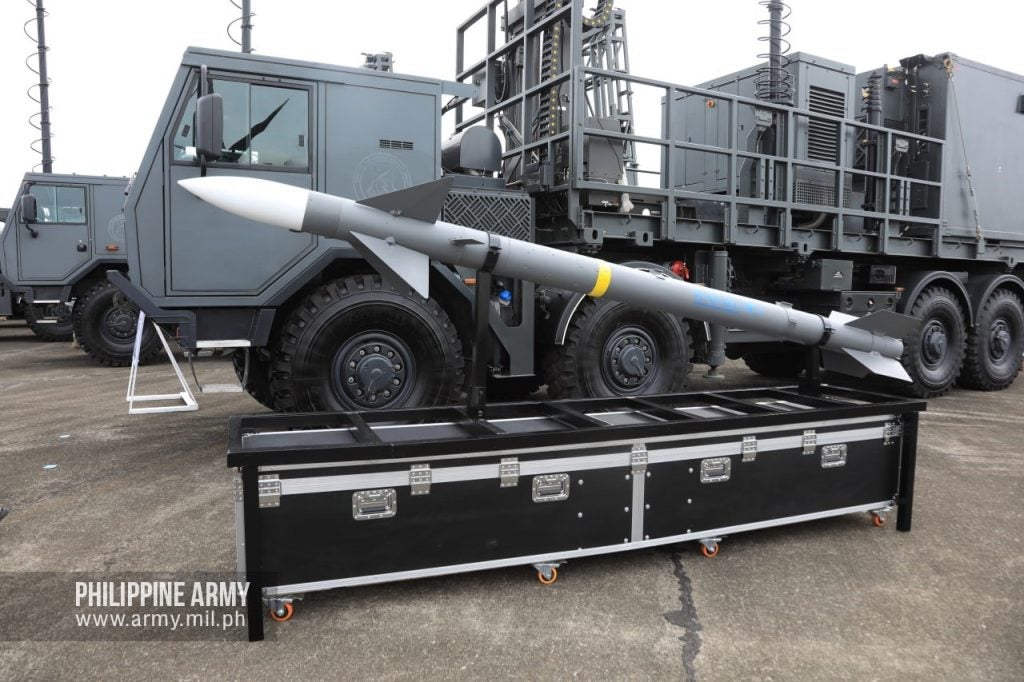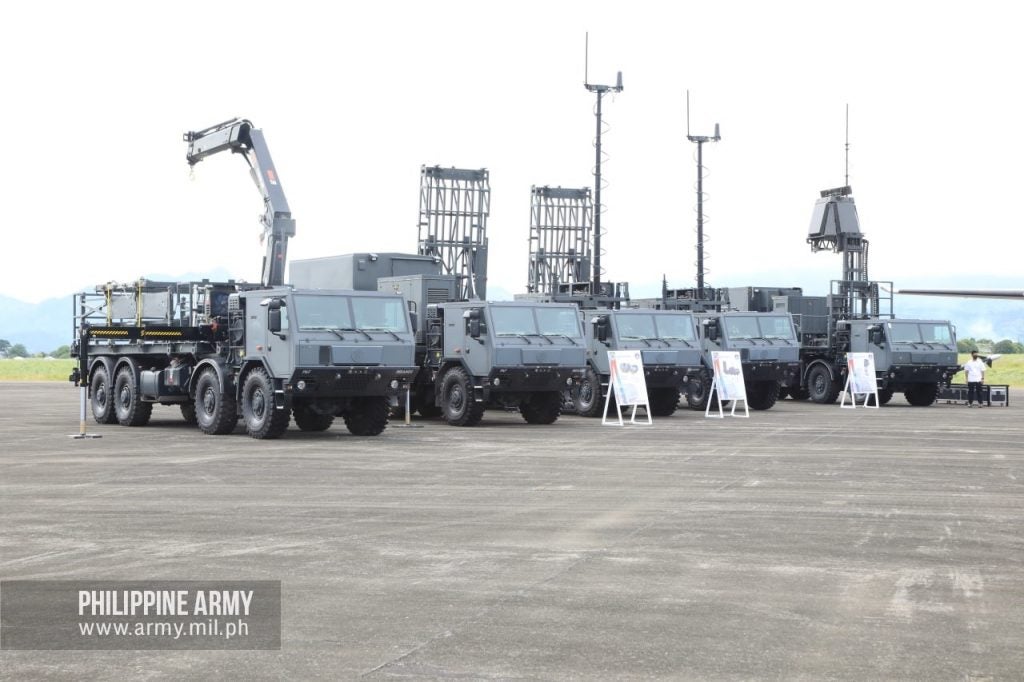Philippine Air Force Receives Israeli Air Defense Systems
Yesterday, Manila received a major boost to its air defense capabilities with the delivery of Israeli surface-to-air missile systems. The Philippine Air Force received two SPYDER Philippine Air Defense System (SPADS) in a ceremony attended by President Marcos at Basa Air Base. This is a
first in the country’s history. As with its acceptance, the Philippines now has dedicated SAM batteries.

Philippine and Israeli officials remarked on the significance that SPADS brings to Philippine security and capabilities. President Marcos stated:
“This is a day that is a momentous event for all of us, especially so for the Philippine Air Force. As our reason for gathering is a significant stride towards our ability to shield our territories from aerial threats of different kinds, whether from inside or outside the country.”
Israeli Ambassador to the Philippines, Ilan Fluss, remarked on the defense ties between the two countries. Fluss highlighted Israeli equipment that is in or will be in Philippine service, mentioning the Air Force’s Hermes drones, the Army’s Sabrah light tanks, and the Navy’s Shaldag patrol boats. Fluss also conveyed Israel’s intentions to continue and deepen the ties between the two countries, stating “Israel has become a trusted and reliable partner to this country, especially in the area of defense and security.”

A SPADS battery is made up of one Command and Control Unit, one Missile Supply Vehicle, one Field Service Vehicle, and three Missile Firing Units. These batteries will be operated by the PAF’s 960th Air and Missile Defense Group. Philippine Defense commentator Max Motentero observed the differences between Rafael Advanced Defense Systems’ advertised system to SPADS. Some notable differences include a different radar and fewer missiles per MFU. Max also noted the absence of the third SPADS battery, stating its expected arrival next year.

The PAF procured three batteries of SPADS from Rafael Advanced Defense Systems in 2019 under the Ground Based Air Defense System procurement project in the second phase of the Revised Armed Forces of the Philippines Modernization Program. In PAF service, the systems will be dedicated to the protection of major PAF bases and the defense of Philippine airspace. Construction to support SPADS’ deployment and training began this year at Basa Air Base, with the construction of the base battery’s infrastructure in August and a “state of the art” training center in April.
SPADS may expand to other Philippine services, such as the Philippine Army and Marine Corps. In June, the PMC stood up the Shore-Based Air Defense System Battalion to protect the service’s BrahMos missile batteries. With its procurement by the PAF and the experience the force will have with the system going forward, SPADS is a likely contender for any future medium-range air defense acquisitions by the Philippines.
Before the delivery of SPADS, Philippine air defense consisted of anti-aircraft artillery and a limited number of Stinger and Mistral man-portable air-defense systems. These MANPADS were the only anti-aircraft missiles the country possessed. When paired with the dated Cold War era radar network, Philippine air defense capabilities before the RAFPMP were outdated. While still inadequate, recent developments have slowly been improving Philippine air defense, such as the procurement of Israeli and Japanese radars.
Cover Image Courtesy of Philippine Army

